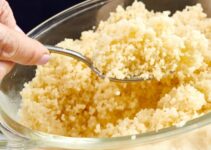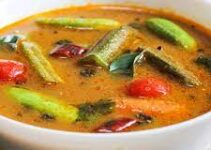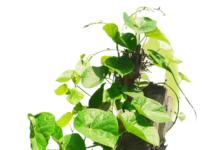Nightshade plant description
It is an annual or perennial plant that can be seen as an herb or small tree. Its leaves are either simple or pinnately compound. The entire plant is covered with prickles. The flowers are generally white, yellow, or purple, and the fruit is berry in nature. Nightshade comes under the family of Solanaceae, which comprises more than 2300 species. Nightshade is generally associated with deadly poisonous species, but many species are eatable, like potato, tomato, eggplant, etc.
Medicinal uses of the nightshade

Image courtesy: Pixabay.com
- Stomach irritation
- Cramps
- Spasms
- Pain
- Nervousness
- Hemorrhoids
- Skin inflammation
- Burns
Side effects of nightshade
Because of the presence of solanine toxic substances, some precautions should be taken before taking doses.
- It should be strictly avoided in case of pregnancy
- A breastfeeding mother should also avoid it.
- Nausea
- Vomiting
- Headache
- Breathing problem
- Irregular heartbeat
- Dizziness
- Legs and arms twitching
- Drowsiness
- Crams
- Diarrhea
- Paralysis
- Even one can go into a coma.
Health benefits of the nightshade
The entire nightshade plant, including its leaves, roots, and fruits, are used for medicinal purposes and in case of stomach-related issues like stomach irritation, cramps, spasm, pain, and nervousness. Black nightshade is also used for skin-related problems like psoriasis, haemorrhoids, and abscesses. The leaves are supposed to be beneficial in case of inflammation, burns, and ulcers.
Doses of nightshade
As far as doses are concerned, it depends upon sex, age, health condition, etc. However, before taking any doses of the medicinal plant for a health condition, it is recommended that a physician should be consulted.
The story behind the deadly Nightshade
For centuries, Deadly Nightshade has been known for its tales of beauty, life, and death. In the past, Venetian women used it as a beautifying agent to give their skin a blush-like appearance. It was also used to dilate women’s pupils. But the other side of the plant is its toxic and poisonous nature. The lethalness of the plant is because of the presence of biochemical substances like atropine and scopolamine. Even a tiny amount of it can lead to paralysis, hallucination, delirium, confusion, convulsion, and death. It is also used to treat various illnesses, viz. pain reliever, muscle relaxer, anti-inflammatory, whooping cough, and hay fever.
Nightshade eatable food
However, it has numerous species. But some of its lists are eatable.
- Tomato
- Potato
- Eggplant
- Okra
- Peppers
- Tomatillos
- Sorrel
- Gooseberries
- Ground cherries
- Pepino melons
- Tobacco
- Paprika
- Cayenne pepper
- Capsicum
Nightshade poison
The tropane alkaloids present in Belladonna are used as a poison. In the early times, people used the paste of it on the tip of an arrow to target the enemy.





Hi great tips on medicinal uses, I certainly enjoyed reading it.